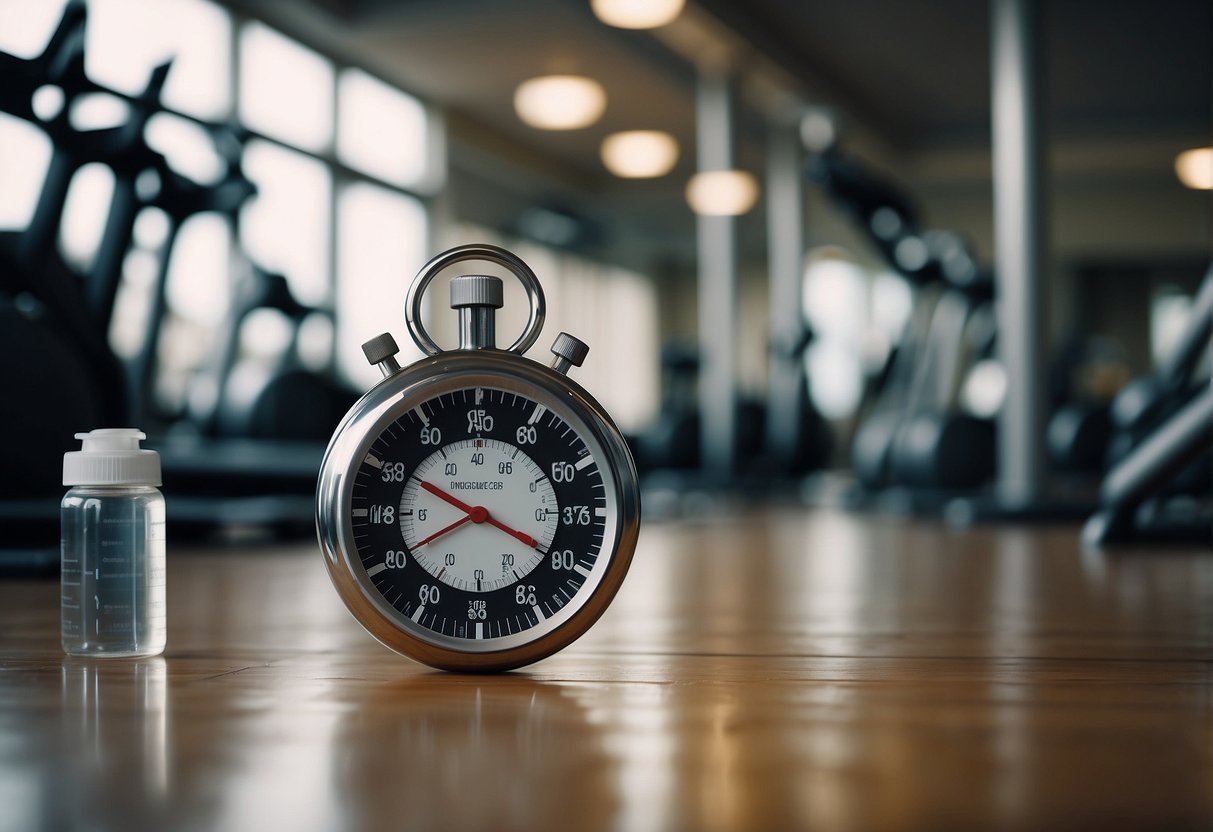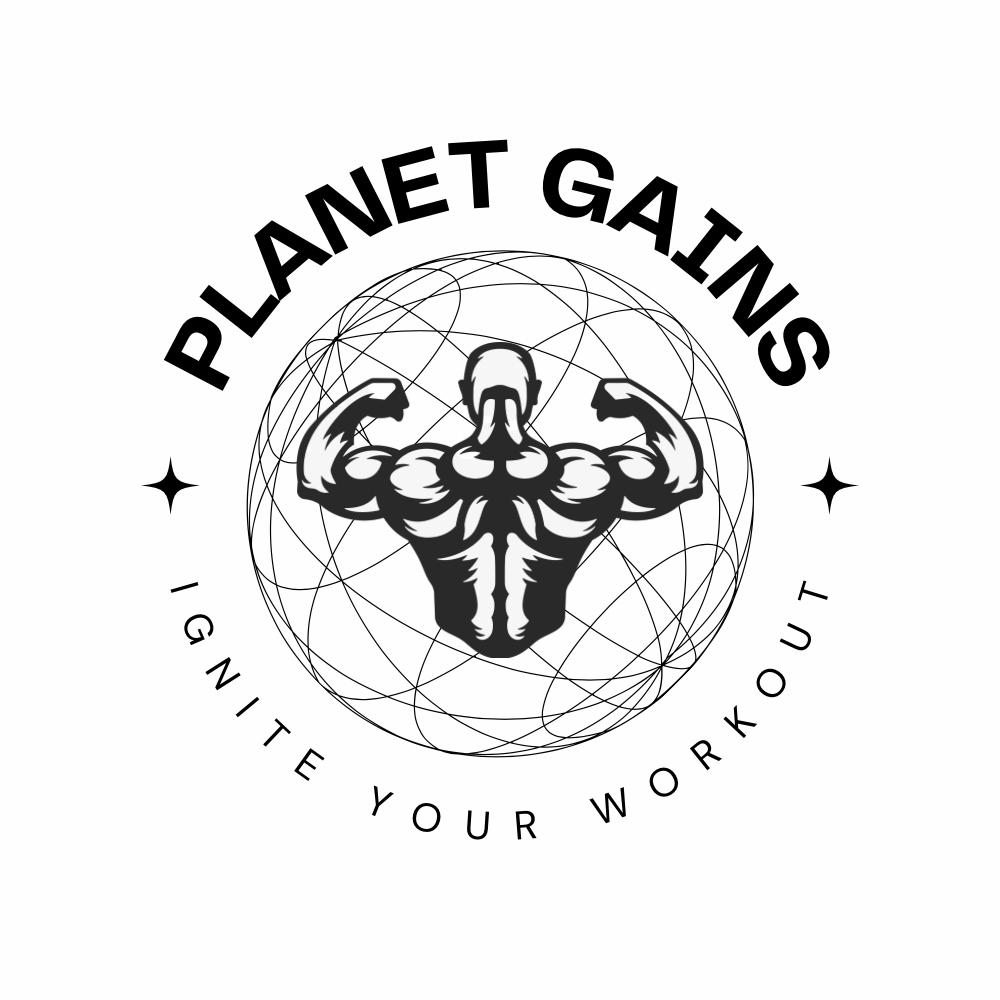📦 FREE Shipping
How Many Calories Does a Murph Burn 2024: Surprising Insights

Push your limits and discover the calorie-burning intensity of “How Many Calories Does a Murph Burn: Surprising Insights,” as we break down the energy expenditure of this challenging CrossFit workout.
How Many Calories Does a Murph Burn
Murph consists of a sequence of bodyweight exercises bookended by cardiovascular endurance. Here’s how it breaks down:
- Run: Kick off with a 1-mile run to spike your heart rate.
- Pull-ups: Follow with 100 pull-ups, driving upper body strength.
- Push-ups: Push through 200 push-ups, engaging your chest, shoulders, and triceps.
- Squats: Next, power through 300 squats to work your lower body.
- Run: Finish strong with another 1-mile run, bringing the endurance component full circle.
Remember, standard Murph protocol includes wearing a 20lb weighted vest throughout the entire routine.
Calories Burning Factors
Your calorie expenditure during the Murph will vary greatly based upon several factors:
- Intensity: The harder you push through the exercises, the more calories you’ll burn.
- Body Composition: More muscle mass generally means higher calorie burn.
- Weight: If you weigh more, you’ll burn more calories as your body works harder to complete the workout.
- Pace: A faster pace means less time resting, keeping your heart rate elevated for maximum caloric burn.
Each exercise contributes to the overall calorie burn:
- 1-mile run: Approximately 100-120 calories each, depending on speed and individual factors.
- Pull-ups, push-ups, and squats: Collectively, for the 600 reps, you might burn between 250-350 calories, influenced by your weight and exertion level.
Training and Execution

Preparing for the Murph
To successfully prepare for The Murph, you should focus on a training regimen that develops both your cardiovascular and muscular endurance. Begin with conditioning workouts that improve your capacity to handle the intensity of The Murph. This could include:
- Running: Start by running shorter distances and gradually increase to the full mile required in the challenge.
- Strength Training: Incorporate exercises that build the muscles used in pull-ups, push-ups, and squats using resistance bands or body-weight exercises.
- Volume Training for the Bodyweight Movements: Gradually increase the volume of pull-ups, push-ups, and air squats in your daily workouts. Begin by breaking them into manageable sets and over time, decrease the rest between sets.
If you’re new to this kind of volume, consider scaled versions of the movements like banded pull-ups or knee push-ups. Once you’re comfortable with the bodyweight versions, add the weighted vest to your training to familiarize yourself. This will simulate the feel and extra effort required when wearing body armor or a weighted vest during the actual Murph.
Execution Strategies
When the day comes to execute The Murph Challenge, having a strategy is key to completing the workout and doing so efficiently. Here are strategies that might work for you:
- Pacing: Manage your energy by starting the initial mile steadily and sustainably. Avoid going out too fast to conserve energy for the strength exercises.
- Partitioning the Reps: Break down the 100 pull-ups, 200 push-ups, and 300 squats into smaller sets, such as 20 rounds of 5 pull-ups, 10 push-ups, and 15 squats. This strategy helps to avoid muscle fatigue and maintain better form throughout.
- Mindset: Stay positive and keep pushing yourself. Remember that The Murph is not just a workout but a tribute, adding motivational weight to every rep and run.
Context and Legacy

You’re about to dive into the rich history of a workout that honors a true American hero and challenges thousands of athletes around the world. This isn’t just an intense fitness regimen; it’s a tribute carrying deep significance.
Origin and Significance
The Murph Challenge is more than a workout; it’s a revered tradition in the CrossFit community and a powerful way to remember a brave individual. Navy Lieutenant Michael Murphy, a Medal of Honor recipient, inspired the Murph.
In 2005, during Operation Red Wings in Afghanistan, Lt. Murphy made the ultimate sacrifice for his country. This workout embodies the spirit of determination and grit that he and his fellow Navy SEALs displayed.
Initially designed by Lt. Murphy himself and originally named ‘Body Armor,’ it was posthumously renamed in his honor. Every Memorial Day, CrossFitters and athletes across the globe take on the Murph Challenge to honor those who have fallen in service, making it one of the most poignant Hero Workouts recognized within the community.
FAQ:
Does Murph burn fat?
Yes, the Murph workout can burn fat due to its high-intensity combination of aerobic and resistance exercises, which can create a significant caloric deficit.
Is a 40 minute Murph good?
A 40-minute Murph is quite good, as it indicates a high fitness level and the ability to maintain a strong pace throughout the workout.
What is a respectable Murph time?
A respectable Murph time is typically under 60 minutes. However, completion time can vary widely based on individual fitness levels and experience.
What does Murph do to your body?
The Murph workout challenges your cardiovascular system, builds muscular endurance, and can improve overall strength and conditioning due to its full-body exercise nature.
If this article about the question: “How Many Calories Does a Murph Burn” helped you, don’t forget to leave us a comment down below about what you think of the article.


